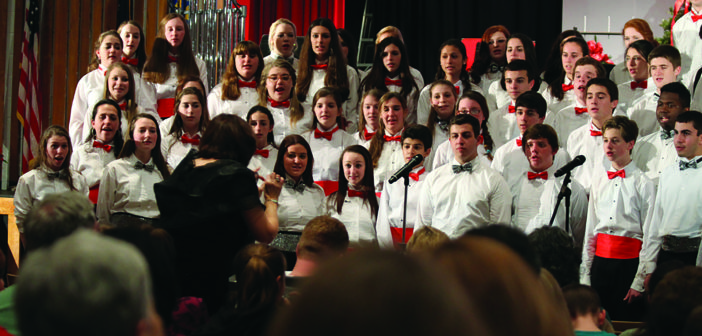The public school debate about science and religion may have reached a clear solution that allows students to understand and appreciate both in their own respect. It’s the ever-popular and controversial debate between two heavyweights of the modern world. Should religious studies, specifically on the origins of the universe, be taught alongside scientific theories in public schools?
Science and religion, specifically Christianity, have been at each other’s throats for decades over public education and over general disagreements in philosophy and explanations of the universe for centuries. However, as the modern era reveals greater discoveries of the origins of life both on Earth and the universe, this debate may be reaching its conclusion.
That’s not to say that religion has lost and must take a back seat to science, nor is science being deemed the absolute truth. Rather, a simple answer is surfacing: the two don’t have to be at odds with one another, and in fact, can and should be taught separately in public schools.
“Science concerns itself with data and analysis,” said Dr. Wioletta Polinska, professor of religious studies. “Can science prove or disprove the existence of God? No. Religion does not claim it can or cannot prove the existence of God; for religion it is a matter of faith, of accessing something beyond the sensory. Therefore, the two are not in conflict.”
Now, while such perspective can be understood and accepted by most, regarding social interaction and discussion, education has an important role in American lives. For parents, it concerns their children’s learning. For the child, it’s a significant aspect they interact with every day. So how can a balance be struck?
“I think religion should be taught as a topic, so we understand it,” said Eric Doolittle, North Central College’s chaplain. “I think people need to understand the history and background of different major religions. It helps to understand who we are as people and to come to respect one another.”
What Doolittle is referring to is having religions taught as part of a cultural studies section. As it is, many public schools offer cultural studies of some form in their curriculum, though, it is not as heavily focused as the main subjects such as math, science and English.
Introducing religious studies in a more centered format may prove beneficial for a large portion of American students. According to an article on Pewforum.org, a religion research foundation, just over 70 percent of Americans identify as being Christian.
“I’m not sure most Americans know about other religions because we are a heavily Christian society,” said Doolittle.
It would seem a solution is becoming clear, but there’s quite a bit more to unravel with religious teachings. The center point of religion is faith and the different belief systems. Though faith is not considered as the higher being, there is some form of intangible truth that is at the heart of each believer. That being the case, if public schools were to adopt more religious studies into their programs, would faith accompany?
“I think the place to learn in depth about your own religion is within your religious setting,” said Richard Guzman, professor of English studies. “If a parent wants their child to learn Christianity and to study it, they should take them to church.”
“It’s not the job of schools to teach children faith,” said Doolittle.
If that aspect of religions can be appreciated, but not necessarily implemented into the subject matter, perhaps public schools may have their answer with both parties existing as individual of one another. Science can maintain its structured and factual approach to the creation of Earth, life and the universe.
Religious studies can occur in a balanced, objective setting, folding into a greater understanding of differing cultures. If the two can remain isolated from each other, they can exist peacefully.
“Science and religion answer different sets of questions. When we confuse and conflate one set of questions for the other is when we start feeling a tension,” said Doolittle.
There is no debate. Learning about the way humans came to exist is important, but equally so is learning about our differing beliefs and structures of faith–a significant piece of the diverse societies that populate the globe. Both can occur in a public school setting if a careful process is undertaken. This can ensure that science retains its position in explaining the physical and physiological aspects of life and religion is taught for its historical, cultural significance.
“I believe it’s worthwhile to invest in. It may require training, or preparation, but I think it can be done,” said Polinska.

